VX.
If the space or place you are working with involves visitors, of any kind, you might want to think about the visitor experience and designing to accommodate it.
Let us describe how our role fits into the real world by looking at how a modern commercial website is designed:
To apply an analogy: successful websites and apps today are the product of the collaborate of four different disciplines - the designer, the UX designer, the developer (coder) and an SEO expert. The designer describes how each page will look, using icons, colours, images, video, animation and typography. The developer makes the design work with different web browsers, computers, tablets and mobiles. The SEO expert helps both the designer and the developer to ensure that the whole site is optimised for search engines, to increase the chances of discovery. the UX designer provides the bridge between the user and those responsible for creating the site. They design the position of the call to action buttons, the overall colour and layout, the navigation and flow.
A new building, town centre re-development, a refurbishment, all involve a host of specialists. The architect, the mechanical and electrical consultants, structural engineers, landscape architects, designers, quantity surveyors and so on.
Our role, as Visitor Experience Designers is similar to the UX designer but for the real world. VX. Visitor Experience.
Visitor experience design is the art and science of how people interact with spaces in the real world. It encompasses purpose, service, viability, sustainability, look and feel, experiences, usability, desirability, inclusivity, flexibility and authenticity.
We are thinking about where the door handles are, the signage, the toilets, the floor contrast, lighting, sound, inclusivity and many more details. We know about people, how they move, how they congregate, where they will dwell and what makes them want to come back again or get their camera out. We work in between the architecture and other specialists and particularly close to interior designers. We consider how people FEEL about a space, what they would mention if they talked to someone later about where they had been,
Our background is in event organisation dealing with groups of visitors ranging from 2 to 30,000. We have watched them arrive, depart, travel, queue, visit the toilets, sit and eat, stand and eat, share, discuss, dance, run, exercise, celebrate, mourn. 30+ years of observing people gives a unique insight into what people do, what they like. What works. And what doesn’t.
In addition to city and town centres, we have worked in offices, restaurants, markets, football stadiums, rugby stadiums, horse racing tracks, motor racing tracks, in the desert, in casinos, in shipping containers, in warehouses, in marquees, in teepees, in gardens, in stately homes, in palaces, in castles, onboard ships, yachts, aircraft, in airports, on beaches, in fields, at festivals, in convention centres, in hotels, in factories, in shopping centres, in supermarkets and in exhibition centres.
We understand people. We also understand design, typography, brand, music, entertainment, texture, light and all the components that combine to create an experience.
When we look at a CAD plan or visual, we can immerse ourselves inside the space, walk the routes, see what is there, what is missing and understand the flow and the experience. We can advise where to put different elements and work with architects and interior designers to consider the visitor experience in the development process.
Place
Urban planning is a specialist field and we are not planning specialists. However, because we understand people and how they relate to and interact with places, we can provide a useful insight into how prospective plans or changes might work in reality. Think of us as the conscience of the user.
We have been involved in town centre redevelopment projects, consulted with special interest groups, communities and local businesses. We are conducted local surveys and social listening groups.
In Wales, we have written and developed community place plans and proposals for local redevelopment.
Purpose
Large construction and development projects are often too remote for communities and stakeholders to feel involved. Once the planning is approved, the machinery of construction process takes over and the race is on to build on schedule and budget.
The public, the users, the local councillors, people who are interested, are too often left behind. By using some simple communication techniques, including active listening and engagement, it is possible to create a manifesto for the project that people can believe in. Creating ownership and building anticipation all help to improve the acceptance and ultimate success of the project.
Contact us if you want to immerse us in your process. If you prefer, we can take a look at your existing site or your plans and give you an appraisal.
Get in touch.
